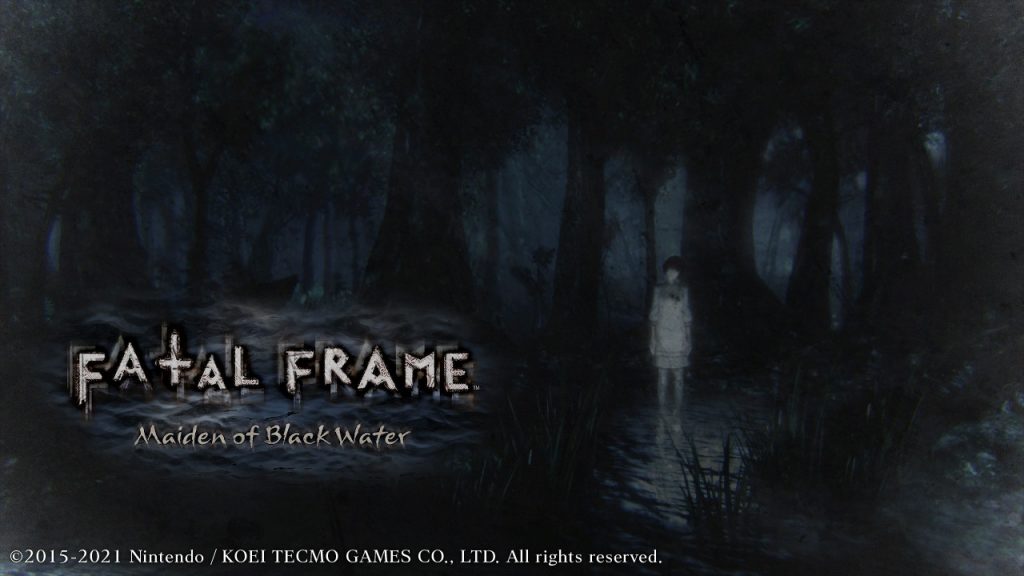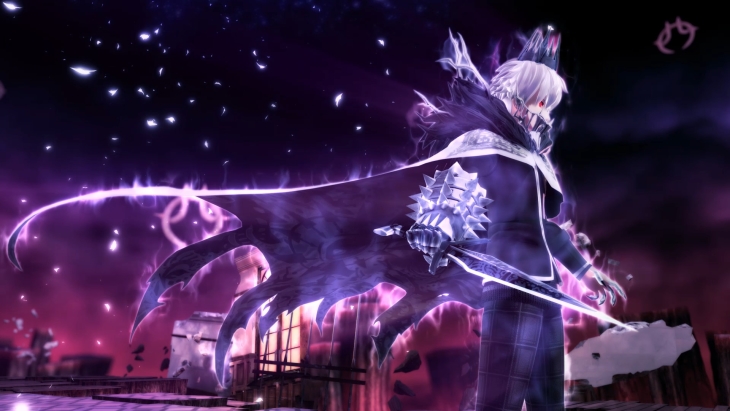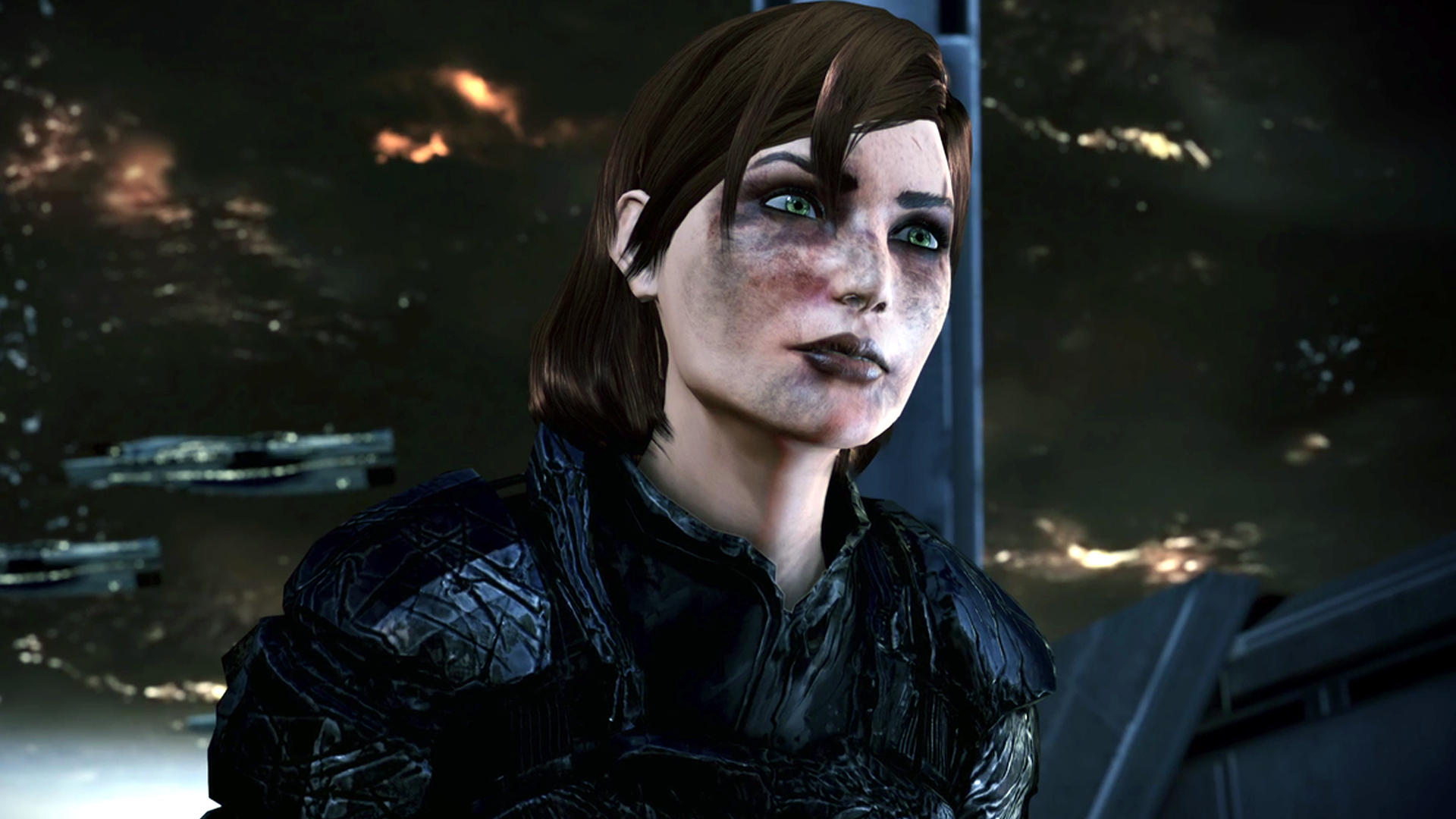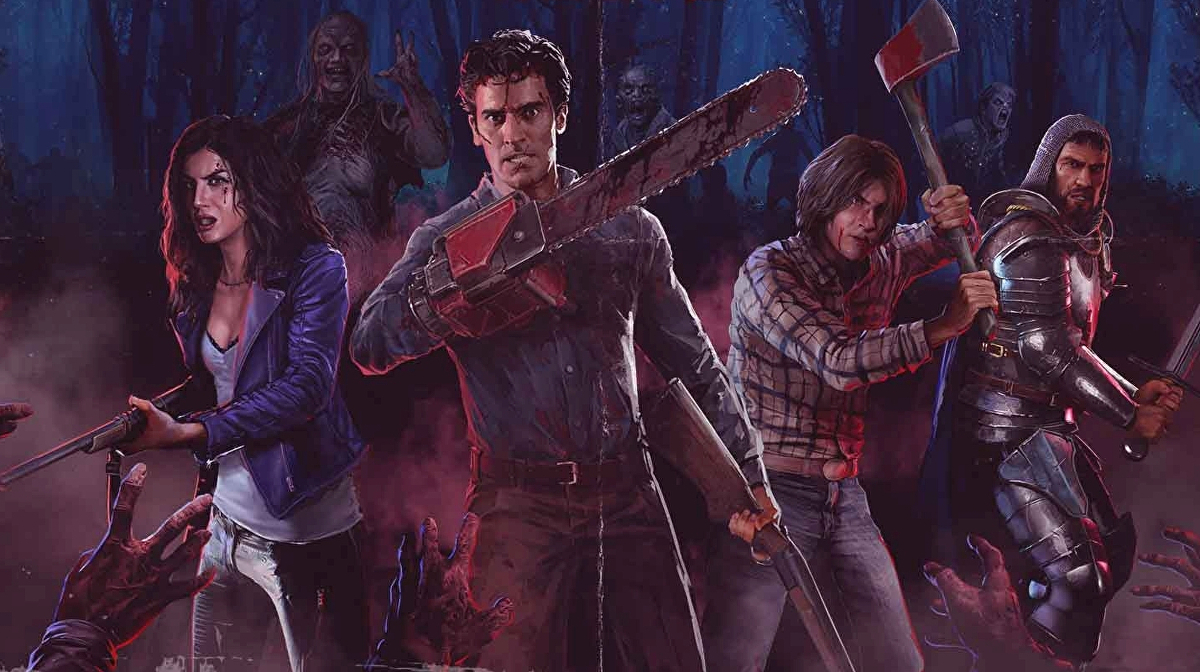

Fatal Frame: Maiden of Black Water is a disappointing and sloppily designed budget game; the latest port failing to improve it. There was a lot of potential with this fifth entry of the largely absent photography-based horror series. Somewhere along the way, the boys at Koei Tecmo neglected much of the advancements that have come with modern game design.
There was no way that Fatal Frame: Maiden of Black Water would be a tank-horror game like the PlayStation 2 titles. Average gamers expect all third-person horror games to follow certain standard of gameplay; where the right stick fluidly controls the POV, and the left stick is for movement. Somehow, Maiden of Black Water did not even get this right.
The original Wii U version of Maiden of Black Water left a lot of room for improvement for the inevitable ports that are now here. Regretfully, almost nothing was done to improve the core game’s playability, and the only improvements are a few technical upgrades and extra costumes; many of which are paid DLC.
Fatal Frame: Maiden of Black Water
Developer: Koei Tecmo Games
Publisher: Koei Tecmo
Platforms: Windows PC, Nintendo Switch (reviewed), PlayStation 4, PlayStation 5, Xbox One, Xbox Series X|S, Wii U
Release Date: October 28, 2021 (October 22, 2015 for Wii U version)
Players: 1
Price: $39.99 USD

Mt. Hikami is a place that attracts the suicidal. Anyone visiting this accursed haven for abandoned shrines and spirits, will soon find themselves on the end of a noose or leaping off a cliff. If that wasn’t bad enough, the ghosts of shrine maidens haunt the area, as well as the lost souls of the suicidal visitors; and they all want any living intruder to join them.
Yuri Kozukata, already being no stranger to suicidal tendencies, finds herself having to hike through the rainy slopes of Mt. Hikami in search of her missing employer and client. She won’t be the only one going toe to toe with the vengeful spirits; Ren Hojo finds himself drawn to the mountain for his research, but the deeper he looks, the more he discovers secrets about himself.
Miu Hinasaki is the third protagonist in Maiden of Black Water, and she is the link to the past games. All three playable characters can use a camera obscura; a spiritual film-based camera that exorcises spirits, and the only means to combat the apparitions.
There is a secret fourth character who does not get a camera obscura, and must rely on ninjutsu to stay alive. However, the game must be beaten to earn the right to play as her.

Fatal Frame: Maiden of Black Water does feature an actual maiden of black water. She shows up once in a while as a boss battle, and sometimes a one-hit kill threat. This is the main antagonist, and like every Fatal Frame big bad, her backstory is tragic and depressing.
If there is one thing that has been consistent with all the entries in this series, it’s the panache of how bleak and sad the flavor text can be. The scenario director has a really good eye for emotional storytelling, and knows how to write a ghost story so well. It wouldn’t be surprising if he could actually see ghosts.
For all the care put into the supernatural elements, the human part of Maiden of Black Water‘s story comes off as weak and underdeveloped. A lot of this has to do with the scene directing, and how most characters are extremely inexpressive and monotone. Ren especially suffers from this. He comes off as a void of personality, and has no explanation why his character is made to be so boring.

Maiden of Black Water is structured with an episodic format, which further undermines the flow of the story, and the pacing of the gameplay. Effective horror scenarios should ideally keep the player in the moment without interruption as often as possible. In prior entries of Fatal Frame, the onus was always on the user to reach a save point and manually record progress. This is not the case anymore.
Autosaving is the bane of Maiden of Black Water, and will deflate any tension there is while exploring. Compounded with a nonsensical shop system that is available between chapters, there is never a moment when survival-horror gameplay ever becomes a factor. Earning points from shooting ghosts are also very generous; making it very easy to purchase extremely powerful film stocks and healing items in bulk.
The currency in Maiden of Black Water is not explained. They are abstract points earned from exorcising ghosts, capturing rare shots of spirits for the compendium, and for the ranking between chapters. This makes the experience feel more like an arcade game than it should, but without the polished controls.

Maiden of Black Water‘s playability feels like it was originally going to have tank controls, but somebody wasn’t confident with them. Then tried to make them into a modern movement scheme with 360 camera, but didn’t finish programming it. Somewhere along the way, they decided to implement strafing style controls, but gave up and mapped it as a toggle by holding the left bumper.
Yuri and company move very awkwardly and slowly. Trying to move the camera around while moving locks up animation and movement, since the camera controls are also tied to the flashlight. This game really needed to settle on strafing style controls; because the flashlight and the first-person mode where the camera obscura is used relies on the typical strafing/shooter control scheme too.
After adjusting to the sluggish and delayed movements of Maiden of Black Water, there is no way around just how slow the game is. Opening doors is glacial and supposed to be used for tension. After so many times, it gets old real fast. While moving around the field avoiding spooks and repositioning for a shot, playability is cumbersome and unresponsive from the overly drawn out animations.

Maiden of Black Water was originally designed for the Wii U, which made extensive use of gyroscopic motion controls. These mechanics have been carried over to the Switch port, faithfully recreated in portable mode and with a pro controller. This is how the photography controls are achieved, and it feels fluid and responsive when the frame rate is steady.
When not using the motion controls, the movements when using the camera obscura are very jerky. The POV only moves at one speed; making fluid motions impossible, and achieving vertical angles done by the X and Y buttons become rotational inputs. Maiden of Black Water is best played with motion controls, due to the lack of care put into this remaster’s control options.
Playing Maiden of Black Water on Nintendo Switch is a double edged sword. While it does maintain the motion controls for the camera obscura; the technical enhancements don’t make it to meager mobile specs. On the other platforms like PlayStation and Xbox, Maiden of Black Water gets a big boost to image quality, and a fluid 60 frames per second.
Switch owners get stuck with sub 30 frames per second. The drops are frequent, and bog down and already sluggish game. Regretfully, there is no good way to experience Maiden of Black Water; but anyone willing to deal with technical shortcomings will find the Switch port to have the best playability, due to the motion controls.

The core experience of Fatal Frame is exploring ominous old Japanese forests and temples, while finding keys or solving puzzles to progress. That has not changed here, even if the dynamic of having to survive may be compromised. The repetitive episodic structure makes players retread the same areas, but encounters with the paranormal are still engaging.
Some of the designs of the phantoms are genuinely unsettling, and the excellent use of distorted sound can make hairs stand on end. The slow reloading of film becomes tense and stressful, as these lumbering ghouls lurch forward.
Waiting for that last second to nail the most damaging and most valuable shot is stimulating. Being able to rotate the frame adds some extra depth to battles, since ghosts may have multiple targets.

The core gameplay is solid, if a bit rough around the edges due to the sloppy controls and awkward movement. The main gimmick in this entry of Fatal Frame is the wetness mechanic, used to add a bit of challenge when exploring and dealing with spirits.
Mt. Hikami is prone to rain, and there plenty of waterfalls and rivers through out the environment. On top of the many mansions having sever flooding, there are plenty of situations where girls (and Ren) will find themselves sopping wet. Getting too wet will increase how much damage you take, and opens the risk of getting grabbed by a drowned ghost. But this will also allow the player to earn more spirit points.
This risk vs reward mechanic encourages players to live on that razor’s edge. The only issue is that Maiden of Black Water is very generous with points, even if gamers maintain dryness. Avoiding ghosts in combat is easy, but nothing can be done about drowned ghosts. They randomly appear when picking up an item or document, and the only way to not get grabbed is to cancel the pick-up animation.
This is trickier than it sounds because of the slow and unresponsive animation. Letting go of the input relies of guessing if a drowned ghost will grab before they appear. This drags out the act of picking up items immensely, and stops becoming scary immediately.

Maiden of Black Water is not the best Fatal Frame, but it is the best looking. It certainly won’t pass for a current ninth console generation game, but its art direction and care put into atmosphere and aesthetics help make it look appealing. Character models look especially nice, and Koei Tecmo’s top men ensured the female characters looked very attractive.
Details like wet clothing and the water effects give Maiden of Black Water a unique flavor from other contemporary horror games. There is a big emphasis on sexuality in the story, and desirable female characteristics are accentuated with glistening droplets and moist trails.
Where character lack in expression, they make up for it in detail. Jiggle physics add realistic weight and physicality to the female cast, and hair is convincing and gets realistically wet. The environments are simple, but get their point across. These are the dead giveaway of Maiden of Black Water‘s roots as a Wii U game, which was already using specs from the seventh console generation.

As a remaster, Maiden of Black Water on Nintendo Switch disappoints. It isn’t much different than it was on Wii U, and while it does add a lot of new costumes; the Nintendo themed costumes and the sexy bikini outfits have been cut. Even more frustrating is that Maiden of Black Water is rotten with DLC costumes that are grossly overpriced.
On the Sony and Microsoft consoles, players get enhanced visuals and an impressively high frame rate, but no motion controls. Nintendo players get stuck with a shoddy frame rate and image quality only slightly above the Wii U version. It’s a “pick your poison” situation, and it’s frustrating that parity could not be maintained.
The only benefit to the chapter structure is that redoing levels and earning different endings adds replay value. Every other strike against Maiden of Black Water- like the sloppy controls and glacial animations for doors and item pick ups- should have been corrected for this remaster/release.
The lack of care put into this maligned entry suggests that maybe higher ups at Koei Tecmo do not care about Fatal Frame. Maybe it should be laid to rest. If it can’t be allowed to be great, then perhaps it would be better off as nothing.
Fatal Frame: Maiden of Black Water was reviewed on Nintendo Switch using a copy provided by Koei Tecmo. You can find additional information about Niche Gamer’s review/ethics policy here.


